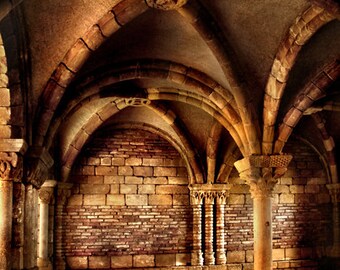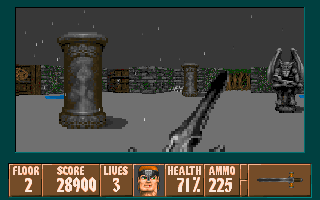

In 1658 the fortress was bombarded and conquered by the Swedish army, which subsequently plundered the castle. In 1629 the castle was destroyed by a fire, but it was rebuilt shortly after in almost precisely the same shape. Over the centuries, Kronborg Castle has undergone several alterations. The buffer zone should be defined once an overall plan is decided for this area, including the removal of parts of the former shipyard. Furthermore, it was required that the passage between Kronborg Castle and the medieval city of Elsinore be opened up. At the time of inscription, a temporary buffer zone of 100 meters had been established around Kronborg Castle. For the purposes of effective protection of the important views, a permanent buffer zone has been established and view corridors have been designated. The overall impression of Kronborg Castle is closely associated with its architecture and location, which stress the castle's symbolic, commercial, and strategic importance.Ĭriterion (iv): Kronborg Castle is an outstanding example of the Renaissance castle, and one which played a highly significant role in the history of this region of northern Europe.Īll the elements required to express Kronborg’s value as a Renaissance castle and military fortress are found within the borders of the inscribed area. The castle was protected by tall ramparts and strong angular bastions. Kronborg Castle was admired for its beauty as a castle and feared for its strength as a fortress. Kronborg Castle is also world famous as the setting of Shakespeare’s Hamlet. The Great Hall (the banqueting hall) is one of the most exquisite rooms from this time – and the largest of its kind in Northern Europe. The castle is extensively and richly decorated with sandstone ornaments in unique and imaginative designs. The bright sandstone facades are characterized by horizontal bands and the front walls are balanced by towers and spires.

The castle itself is a Renaissance building with four wings surrounding a spacious courtyard. The Chapel, which was the only building not to have been ravaged by the fire, has preserved its original altar, gallery, and pews, with fine carvings and painted panels. Following the disastrous fire of 1629 the castle was reconstructed almost exactly as it was before. In 1574 King Frederik II began the construction of the outstanding Renaissance castle and the surrounding fortifications, which would eventually be known as Kronborg Castle. Remnants of the old walls can still be seen at the castle today. In the 1420s, Eric of Pomerania built the first castle, the ”Krogen”, on this unique site. For this reason Kronborg Castle was of great significance, not just for Denmark, but for all major seafaring nations. The control of the Sound was essential and it became an important issue in the motives and courses of several wars.
ABANDONED CASTLE COURTYARD DESCRIPTION FREE
By favouring the shipping trade of selected nations or by allowing their navies free passage, Denmark was in a position to create important alliances. The Sound toll was not just a source of income it was also a political instrument. For this reason Kronborg Castle and its fortress became a symbol of Denmark’s power. Around 1.8 million ships passed through the Sound during this period and all of them had to pay a toll at Kronborg Castle. The Sound is the gateway to the Baltic Sea and from 1429 to 1857, Denmark controlled this passage thanks to Kronborg Castle, positioned at the narrowest part of the Sound, which is only four kilometres wide. From the sixteenth to the eighteenth centuries, Kronborg Castle played a key role in the history of Northern Europe.

Kronborg Castle is located north of Elsinore on a strategically important site commanding the Sound (Øresund), a narrow stretch of water between Denmark and Sweden.


 0 kommentar(er)
0 kommentar(er)
